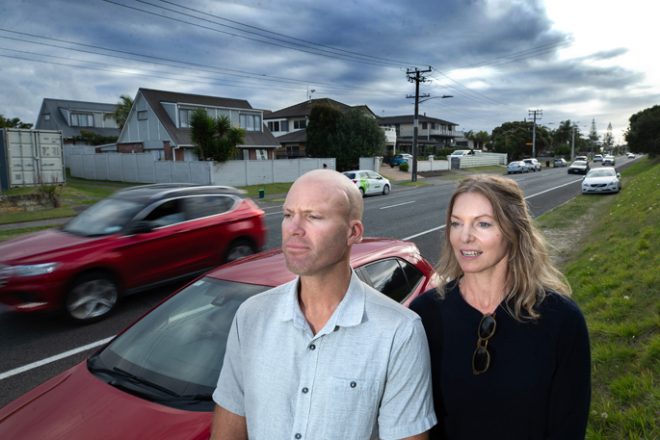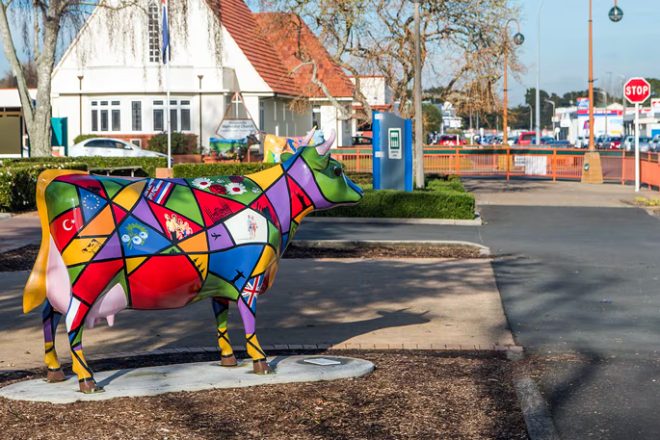오클랜드의 상징적인 랜드마크인 스카이 타워가 8월 3일 오늘 25번째 생일을 맞이했다. 타워는 그 규모와 오클랜드 조망권 독점과 같은 논란에서 출발했지만 이제는 도시의 상징이자 특징이 됐으며 많은 사랑을 받고 있다.
1997년 플레처 건설에서 시공한 이래로 천만 명이 넘는 사람들이 타워를 방문했다. 328m의 높이고 남반구에서 가장 높은 건물이다.
마이클 아헌(Michael Ahearne) 스카이시티 CEO는 스카이 타워가 뉴질랜드에서 가장 많이 방문한 관광 명소 중 하나라면서 “스카이시티는 타워를 소유하고 있지만 실제로 우리는 타워의 관리사일 뿐 오클랜드 시민의 것이다”고 말했다.
핑크 리본 데이, 커뮤니티 이니셔티브, 국경일, 다른 기념일 또는 자선 단체 행사 등을 위해 다양한 색으로 점등할 수 있는 점이 스카이 타워의 특징이다.
특징:
스카이 타워에는 65층과 1층에서 가장 높은 전망대층인 스카이 데크로 이어지는 총 1,267개의 계단이 있다.
엘리베이터를 이용해 다음의 장소로 이동 가능하다.
- 뉴질랜드에서 가장 높은 카페에서 커피를 마시며 휴식을 취할 수 있는 스카이 라운지(182m)
- 스카이 타워의 주요 전망대인 메인 전망대(186m) 유리 바닥(38mm)을 거닐거나, 실시간 날씨 정보 확인, 라이브 카메라 터치 스크린 컴퓨터로 오클랜드에 대해 검색, 앉아서 멋진 전망 감상
- 스카이 데크(220m)는 남반구에서 가장 높은 전망대이며 통유리 통해 아름다운 전망을 바라볼 수 있음
더 넓게 설계된 받침 구조는 지진 및 바람에 대한 완벽한 저항성을 가지고 있다. 타워는 시속 200kph(125mph)의 폭풍을 견딜 수 있으며 (1,000년에 한 번 발생할 것으로 예상) 타워 꼭대기는 약 1m 내에서 안전하게 흔들린다.
스카이 타워는 40km 내에서 규모 7.0의 지진, 또는 360km 내에서 규모 8.5의 지진을 견딜 수 있다.
또한 스카이 타워에서는 90m에 달하는 강철 낙뢰침과 직경 50cm의 금도금 장치가 마련돼 있다. 이 장치는 번개를 끌어 당겨 케이블을 따라 에너지가 땅으로 분산되도록 설계됐다.
보도 자료: 스카이시티

















































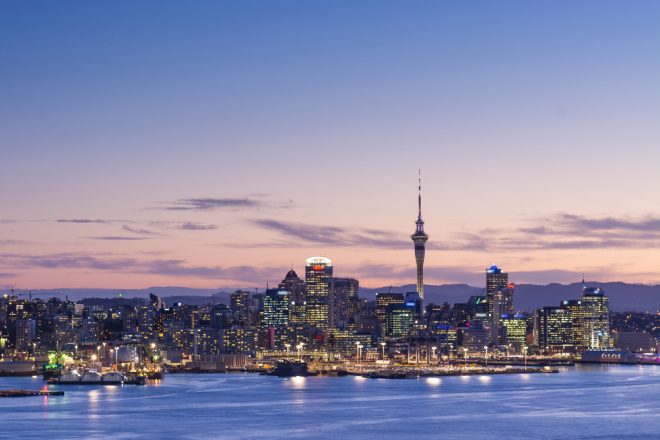
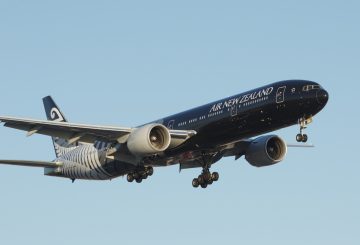
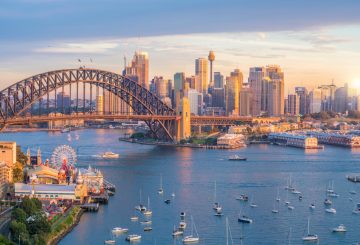
-helped-regain-her-strength-and-balance-using-Nymbl-after-a-fall.-660x440.jpg)



